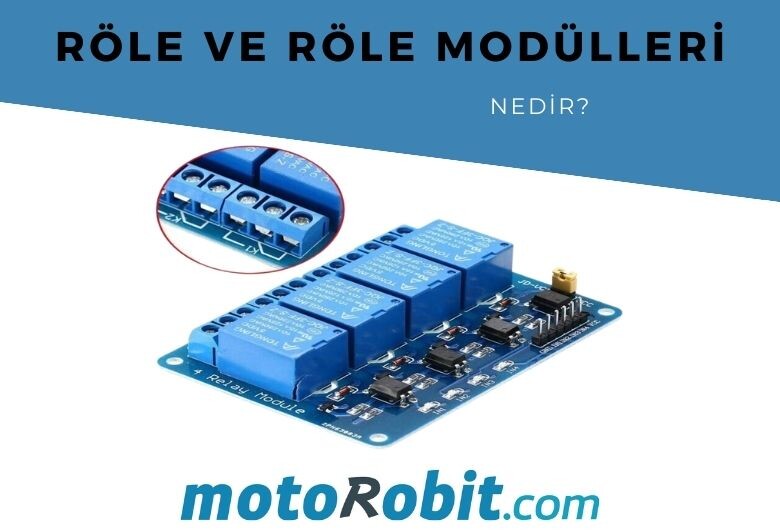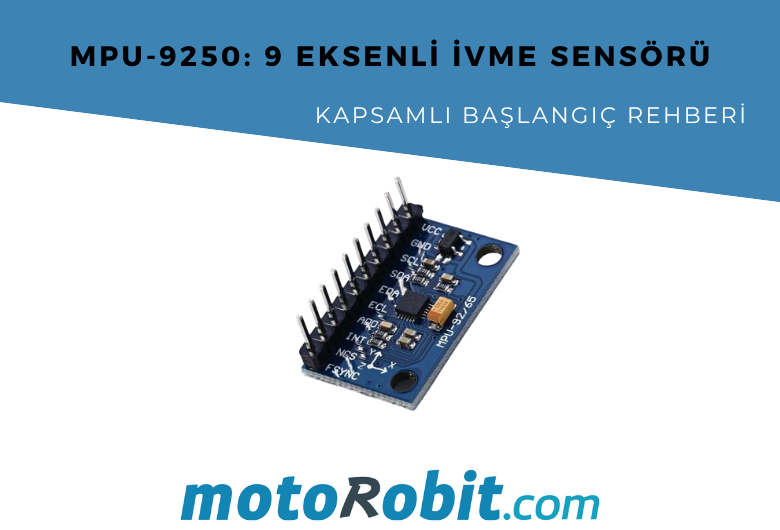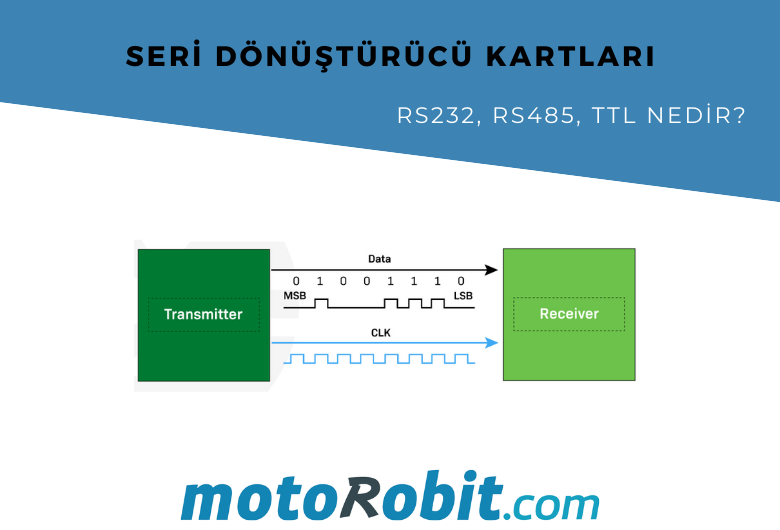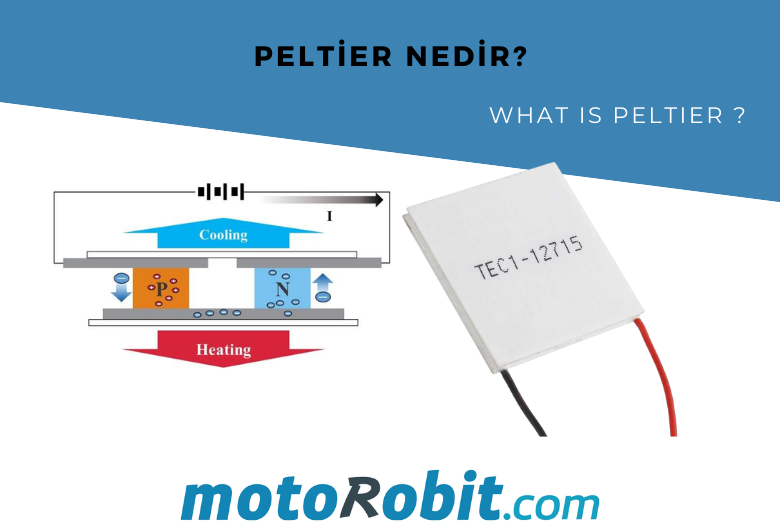What is Relay? How To Use Relay Modules?

What is a Relay?
A relay is a circuit element that switches in electrical circuits. It allows users to control the flow of electricity at desired times by passing a signal current through it, thereby completing the circuit. Relays and relay modules are used in circuits for safety purposes, to perform specific operations under desired conditions, and to open and close circuits at specific time intervals.
What are Relay Modules?
Relay modules are integrated circuits designed to facilitate and simplify the use of relays, especially in conjunction with Arduino. In addition to single-channel and multi-channel relays, there are also temperature and humidity adjustable relay modules used in poultry projects, time-delayed relay modules used in smart home projects, remote-controlled relay modules, and computer-controlled USB relay modules.
Using Relays with Arduino
Relay modules have pins for VCC, GND, and signal input on their front. You can easily power 5V relay modules with the 5V pin on the Arduino. For the signal input, you can send signals from sensors to the relay from the Arduino or directly from the sensors, based on the data you receive. The connection should be made as shown in the image below.
This process only activates the relay but does not provide power to the product we want to operate. At the back of the relay are terminal inputs for NO (Normally Open), COM (Common), and NC (Normally Closed). By making connections to these terminals as shown in the image, the product is put into operation.
Smart Relay Modules
Smart relays receive their signals directly from the sensors located on them and do not require additional programming.
Blog Latest Additions

Differences Between Li-ion and Li-Po Batteries: Which Battery is Suitable for Which Project?
12.12.2025

MPU-9250: 9-Axis Acceleration Sensor - A Comprehensive Beginner's Guide
28.10.2025

What is ULN2003 ?
13.10.2025

What are Serial Converter Cards (RS232, RS485, TTL)
16.09.2025

What is Peltier and What is its Working Principle?
30.08.2025

Arduino UNO vs Nano vs Mega – Which Should I Choose?
23.07.2025
.png)